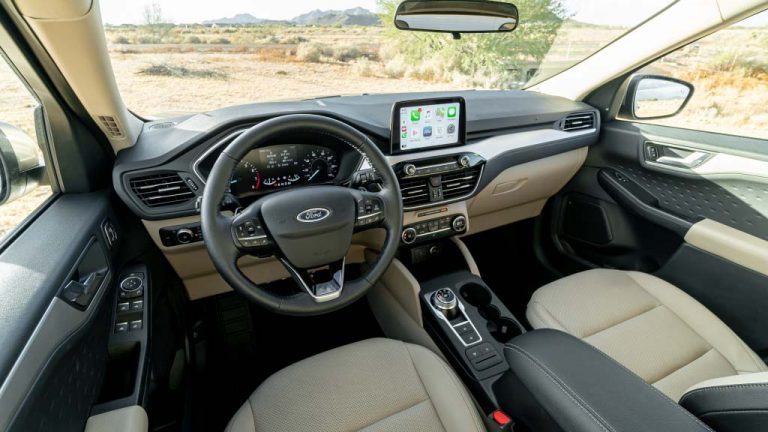The Lexus GS300 – Iconic 90s Crown Jewel (Detailed Review)
If you were lucky enough to be driving in the late 80s or early 90s, chances are you saw a Lexus GS300 cruise by. With its iconic design and sleek lines, it was the car of choice for those who wanted to make a statement. In this blog post, we’ll take a closer look at the Lexus GS300 and what made it so special. So, sit back, relax, and enjoy the ride!
The Lexus GS300 was an icon of the 1990s, with multiple generations of models spanning into the 2000s and onwards. The Lexus GS300 is a powerful beast of an engine inside a luxury interior and exterior. The Lexus GS300 defined the future of luxury cars in North America and Europe.

The Lexus GS300 may not look like much, but it was a fan favorite for a reason. A sleek design with an awe-inspiring power production, enjoyed by its passengers as if it was a higher-class vehicle. Take a seat and feast your eyes upon the wonder that is the Lexus GS300.
What Is the History Behind the Lexus GS300?
The Lexus GS series began before Lexus, with Toyota (Lexus’ parent company) releasing the Toyota Aristo in 1991. Only available in Japan, the Aristo was a local hit as a high-performance car that was also reliable (especially for the technology at the time).
The Toyota Aristo got made to look different to the other Toyota models at the time. Its rounded edges, wide body and low stance were the characteristics that earned itself the term of looking ‘European.’
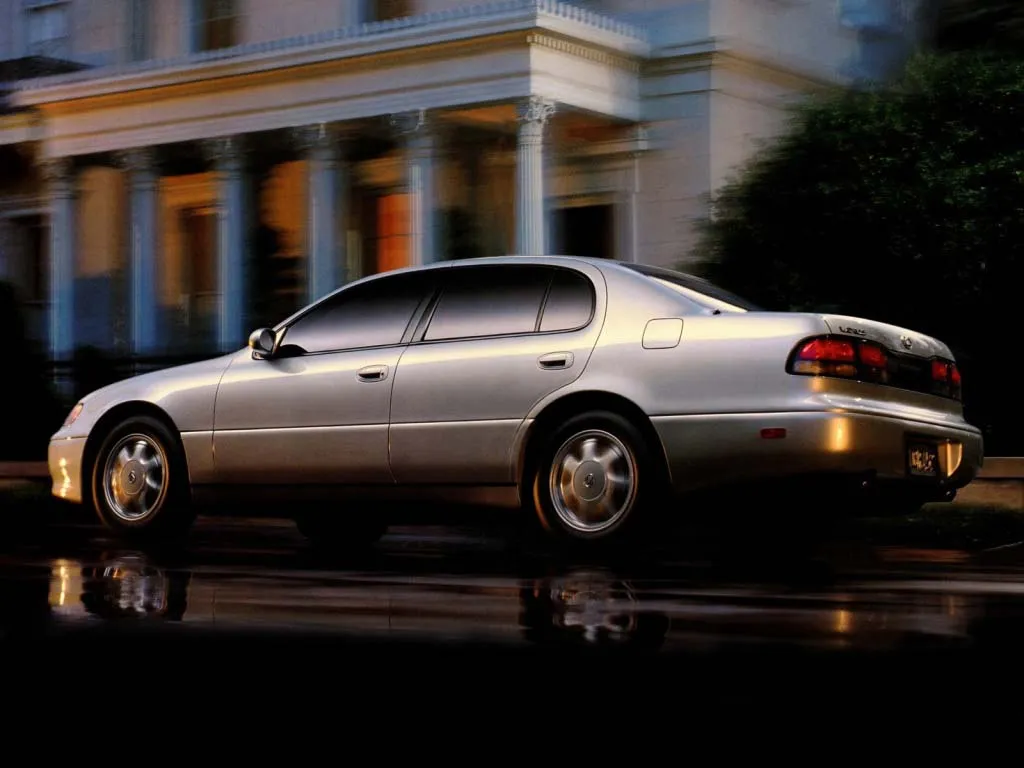
Not only did the new Aristo attract car fanatics with its looks, but the technology and performance of the car also stunned consumers countrywide. For example, the Aristo contained a double-wishbone suspension system on all four wheels (double wishbone suspension is when two wishbone-shaped rods get used to find each wheel, allowing each wheel to act independently). These features complemented new technologies like traction control very well.
Toyota realized how much of a fan favorite the Aristo was and started exporting the car to North America, Europe, and other Asian countries in 1993. The Aristo got branded as the Lexus GS300, with GS standing for ‘Grand Sedan.’
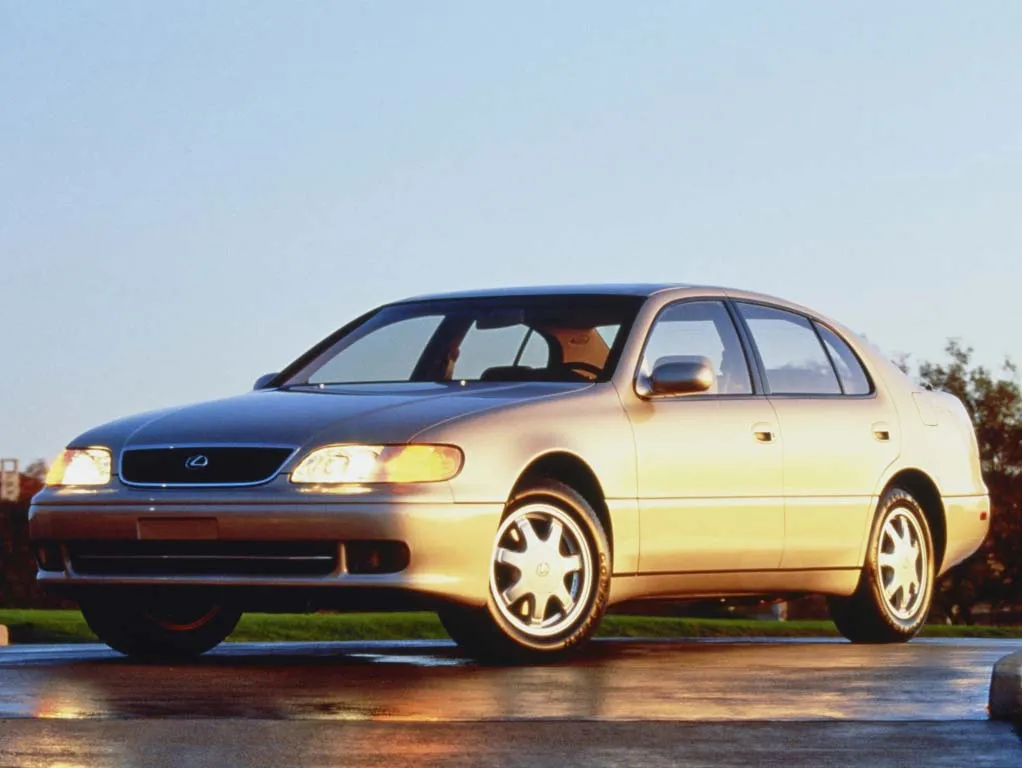
In Japan, the Aristo came with two engine options. The base model contained a 3.0-litre JZ straight-six engine, also found in the more well-known Toyota Supra. The model released for higher performance contained a twin-turbocharged unit added to the beast under the hood. But no turbocharged version was ever exported to Europe or North America, so there was only one engine option. This lack of options was no matter as the car was already popular among the Americans and Europeans.
What Are the Engine Specifications of The Lexus GS300?
In Japan, Toyota offered two straight-six engine options, as said before, the 3.0Q and the 3.0V. A straight-six engine is when the cylinders inside an engine get built in a straight line rather than the ‘V’ shape you would get in a V6 engine.
The 3.0Q version contained a basic 2JZ-GE engine that could produce up to 169kW (227HP) of power. The 3.0V version was similar but included a 24-valve twin-turbocharged 2JZ-GE engine, capable of producing up to 205kW (275HP) of power.
Then in 1993, the exported Lexus GS300 was put into production. Unfortunately, this model only came with the 3.0Q engine version, which could still generate 169kW of power and 285 N-m (210 lb-ft) of torque.
The Second Generation GS300
In 1997, Toyota of Japan announced the production of the second-generation Toyota Aristo. The car received a slight update in how it looked, but Toyota did not do much to enhance or degrade the performance. Both versions of the engines were kept the same by Toyota, with the twin-turbocharged engine getting innovative technological attributes such as an automatic 5-speed transmission with a sequential manual option.
Once again, Lexus launched the Toyota Aristo outside of Japan as the second-generation Lexus GS300. This model received the same update on the exterior and slight technological improvements within the interior but kept the same engine as the first-generation Lexus GS300.

Lexus customers were fixed on receiving a car with more power, so in the same year, Lexus released the Lexus GS400, which contained a 4.0-litre 1UZ-FE V8 engine capable of producing up to 224kW (300HP) of power. But again, Lexus offered no turbocharged versions of the engines as Toyota had done in Japan.
In 2001, the Lexus GS300 second-generation was given a facelift but received no performance improvements besides a 0.3-litre increase in displacement. More generations of the GS series got produced over the next two decades, but the GS300 series was no longer updated after the second-generation model. Toyota introduced Lexus to Japan as its luxury car brand and produced the GS 350/430/450h/460 models within the GS series.
The Lexus GS300 Interior
The first-generation models of the Lexus GS300 received relatively simple designs. The car came in a standard grey exterior that stayed solid throughout the vehicle apart from a strip that joined the rear lights at the back of the vehicle. The interior also came in a similar color as the exterior, with leather seats coming standard. However, due to the vehicle not having its luxury status achieved yet, the interior was relatively simple, and the technology was nothing to be impressed about at the time.
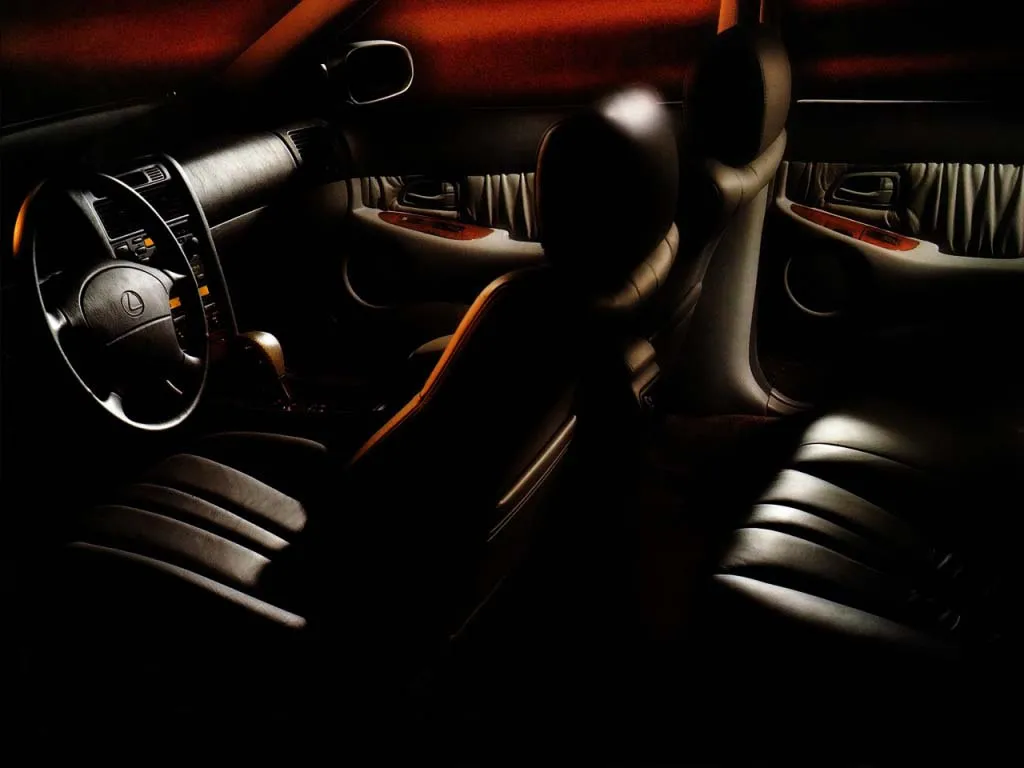
Over the years, as Lexus became more and more characterized as a luxury car brand, the interiors of their cars started to match that luxury label. The second-generation Lexus GS300 was revamped drastically on the inside, attracting customers who sought a luxurious experience when driving. Lexus upgraded the plain leather seats to more refined and better-looking leather. In addition, the color in the interior became brown, which was stock with Lexus’ style.
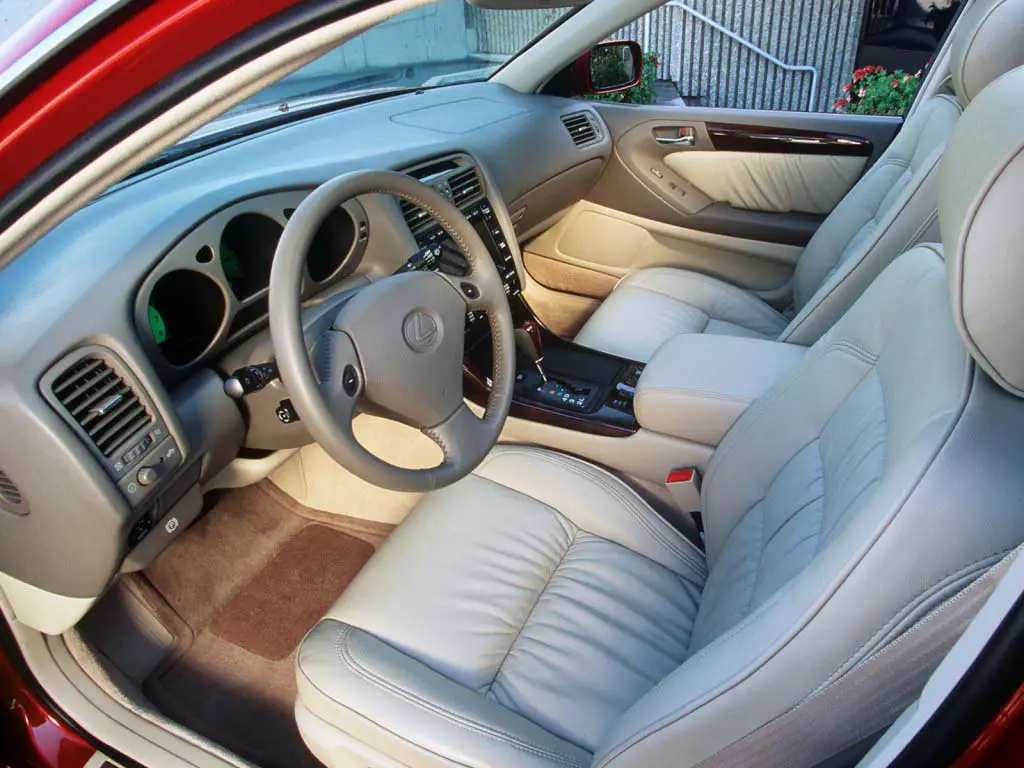
The center compartment between the driver’s and passenger’s seat received a wooden top, as did the gear shifter. The steering wheel was also revamped and became partly leather to match the rest of the interior, of course. In addition, an upgraded sound system was installed and came standard with the car and a new stereo system that came with a large screen, which only improved how luxurious the ride was.
How Does The Lexus GS300 Perform?
The performance was something out of a fairy tale for the way the Lexus GS300 and Toyota Aristo looked. The power of the engines that came stock standard in the GS300 models seems out of place for a car that doesn’t look like a sports car. In fact, at the release of the second-generation GS300, Lexus claimed that this car was the fastest sedan ever produced.

With 169kW of power and an unreal amount of torque, the reported top speed for the Lexus GS300 is 143mph. The power and acceleration that comes standard with the car almost seem like a bargain for a sedan.
Although Lexus maintains a very high position in the ‘What Car? Reliability Index,’ the Lexus GS300 over the years has not been deemed as reliable as other high-performance sedans that got produced and released in the same era as the GS300. BMW 5-series and Mercedes-Benz E-Class models produced at around the same time as the GS300 have been deemed more reliable than the GS300 series.
Our Verdict on the Lexus GS300
The Lexus GS300 was one of the first of its kind, helping Lexus gain a reputation for being a high-performance luxury car. However, the Lexus GS300 was much faster and way more powerful than any other sedan and certainly did not look like it could pull off the performance that it did.
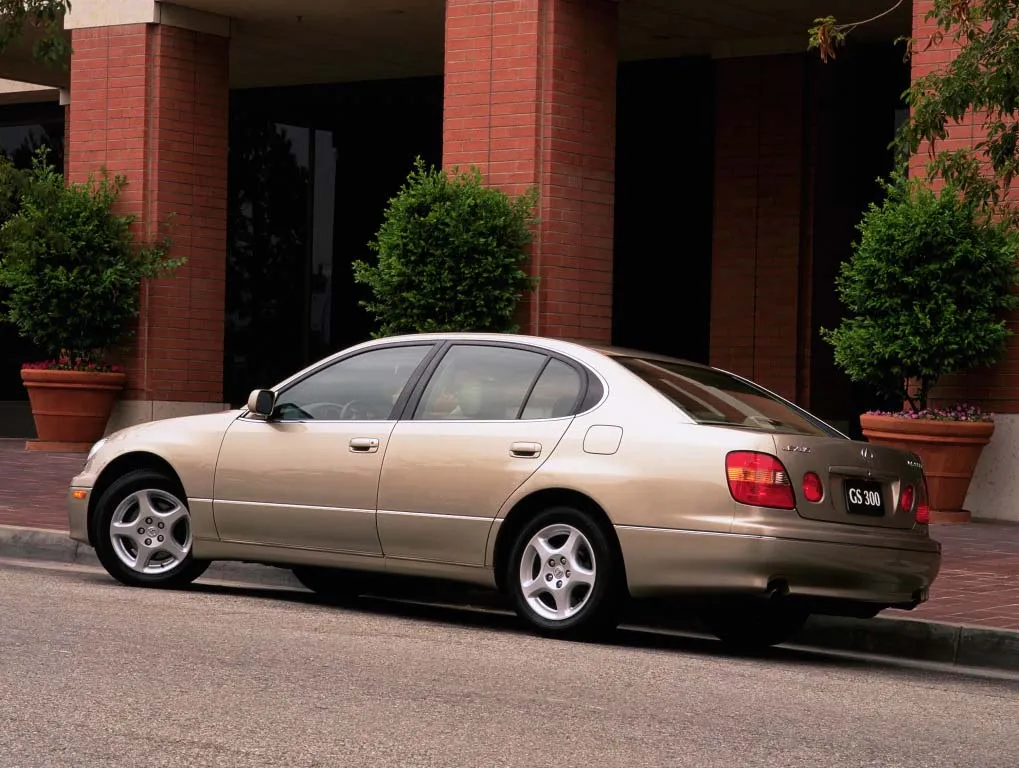
The Lexus GS300 was a pillar for the future of Lexus and a pillar for the way high-performance luxury cars would look and function in the future. A fine example of prime Japanese vehicle engineering and performance, with the style and class of your everyday European/American sedan.



